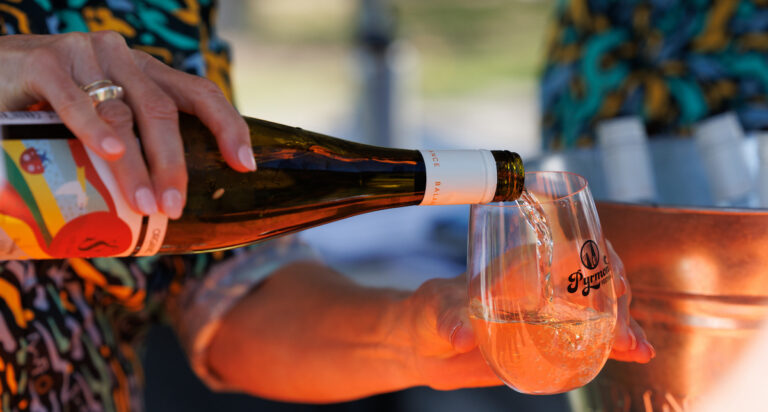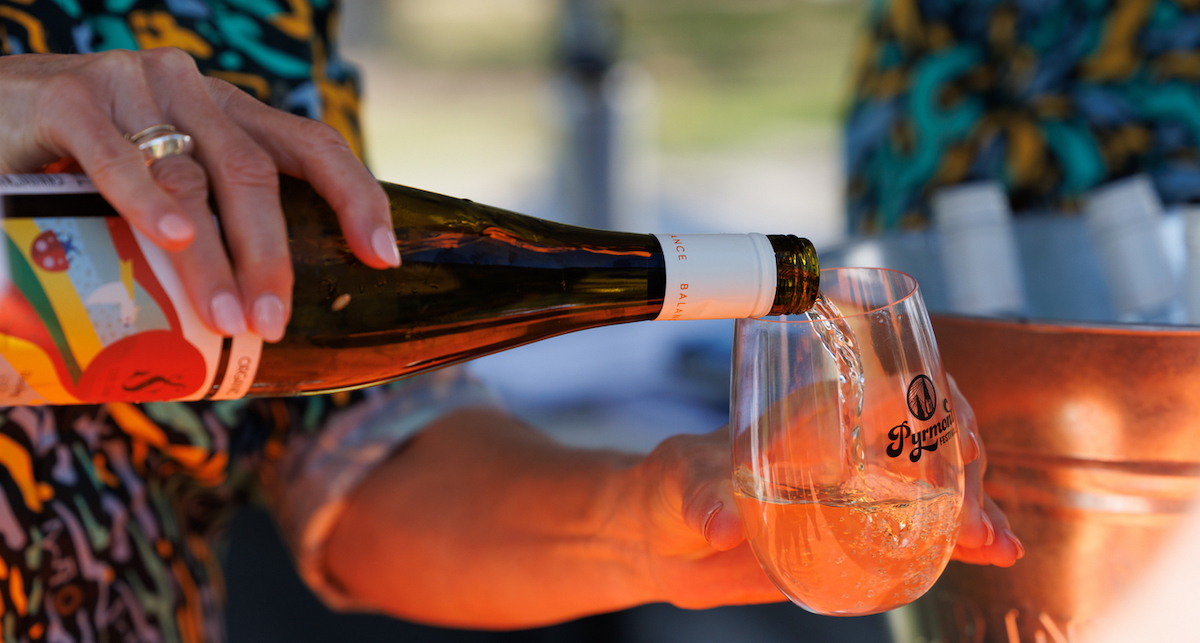
THE NAKED CITY – A BRIEF HISTORY OF PARANOIA
TV footage of two women fighting furiously over packets of toilet paper in a Woolies at Chullora last week said it all. There are elements associated with fear of the corona virus which simply defy any normal logic. Why toilet paper was targeted as the go to item by these and other would be doomsday preppers has yet to be explained, although it has at least created considerable mirth in the media. The always provocative NT News from Darwin even went as far as to print a special limited edition containing eight pages of simulated toilet paper.
Throughout history mass paranoia is a recurring phenomenon, spawned by everything from pandemics, through financial crises to sinister Government generated conspiracies. The media has often been a willing partner in promoting this kind of fear and one of the classic episodes was Orson Welles’ infamous 1938 radio broadcast of The War Of The Worlds. His Mercury Theatre Of The Air adaption of the H.G. Wells novel was presented in such a realistic way that many Americans actually believed they were being invaded by extraterrestrials.
Here in Australia we’ve had our share of absurd overreactions from the craziness that surrounded the Y2K bug at the change of the millennium to a number of incidents where needles were supposedly found in punnets of supermarket strawberries. The latter resulted in hundreds of kilos of strawberries being dumped and growers financially disadvantaged when retailers no longer wanted their product. Only a few needles were ever found.
When it comes to pandemics we have had our share during the last 120 years with an outbreak of the dreaded bubonic plague in 1900. The reaction from both the authorities and the public at the time was one of panic with the spread of the disease blamed on rats, although scientists today are more inclined to believe it was spread by person to person infection. Over 100,000 rats were killed with a two pence per rat levy paid for any vermin delivered to an incinerator in Bathurst Street.
In the following quarter of a century there were another 11 major plague outbreaks in Sydney, the most notable of them being the devastating Spanish Flu pandemic which hit Australia in 1919 and resulted in some 15,000 deaths with an estimated two million infected. Needless to say any paranoia then was well justified as the global pandemic is believed to have killed as many as 50 million people.
Just what effect the corona virus has in Australia in the coming months remains a huge question, with the Government recently stating they were preparing for as many as 200,000 hospitalisations. When it comes to the kind of panic hoarding of food and toilet paper we have seen in recent weeks, some psychologists have suggested this is the way some people seek to assert control over a situation for which they feel they have very little control.
National emergencies such as this generally bring out the best in people if the recent bushfires are any indication although there is always a minority who will either chose to profit or fail to comply with the public good. There’s already a thriving market in the sale of grossly overpriced face masks and who knows what quack remedies will be pushed forward to supposedly help you ward off the virus.
In the meantime the rush on toilet paper only serves to illustrate the power of humbug and the endless misinformation that spreads like its own epidemic throughout social media. Are people worried about being quarantined for weeks and needing a shopping trolley full of dunny paper to tide them over, or are they actually worried about contracting the disease. If the latter is the case common sense tells us that you won’t feel like eating much and as such visits to the toilet may well be few and far between.
Maybe the NT News had the right idea after all. If newspapers could be printed for the duration of the pandemic on a softer, more bottom kindly, type of newsprint we could well avoid those scenes of supermarket argy bargy that we recently observed at Chullora. Old newspapers often found their way into outdoor dunnies during the Depression and they weren’t there just for reading!









